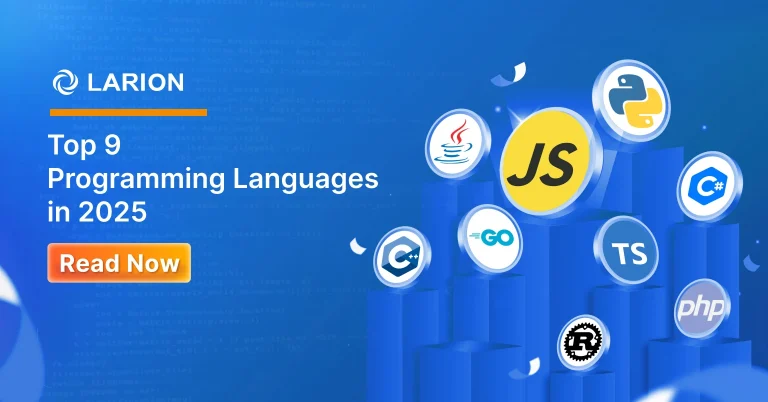The online community pendulum is swinging back.
It’s no longer enough to rely on social networks for community infrastructure. Smart companies are now combining owned and rented community functions into a 1+1=3 scenario I call Omni-Social.
The rise of this multi-faceted approach to community was the subject of a deep, strategic Webinar I hosted recently with my good friends at Janrain (a leading provider of customer identity management and community functionality, and a Convince & Convert partner).
You can grab the slides and watch the reply of the “Omni-social: How to create community in the digital places you own AND the places you rent” session here, and if you care at all about community, I guarantee it will be time well spent.
Here’s an overview of Omni-Social:
The original “social media” consisted mainly of brand-owned channels like the old-school HOG (Harley Owners’ Group) community built and facilitated by Harley-Davidson. Then, along came the new breed of digital landlords like MySpace, Facebook, Twitter, Instagram, Linkedin, Pinterest, and even G+ for a time.
These channels aggregated digital consumer attention to an unprecedented degree, forcing companies and organizations to take a “if you can’t beat em, join em” approach to online community. That’s how we ended up outsourcing much of the customer community function (at least from an infrastructure standpoint) to third party social networks, who “rented” to brands the attention of their own customers.
But now that these landlords are mostly public companies, they have a fiduciary responsibility to maximize their own revenue, and have changed the rules accordingly. Thus, the massive decline in “free” organic reach, in favor of a pay-to-play schema that organizations grumble about but typically pony up in the end.
But this, of course, makes social community more expensive and less efficient as brands are forced to pay for Reliable Reach.
Omni-Social is the Offset to Paid Social
It’s simply not realistic to suggest that companies turn their backs on social network landlords. The audience aggregation on Facebook (in particular) and other platforms is simply overwhelming.
It would be like a company saying they refuse to send emails because they don’t want to pay an email service provider (like Emma, which we use). You may not want to play Facebook’s game, but play it you must.
But what you CAN do is pursue an Omni-Social strategy that changes the fundamental role filled by your leased social communities on Facebook, et al.
Link:
https://medium.com/@jaybaer/the-future-of-social-community-is-omni-social-b476f22fa40e#.xk2aspc8b





